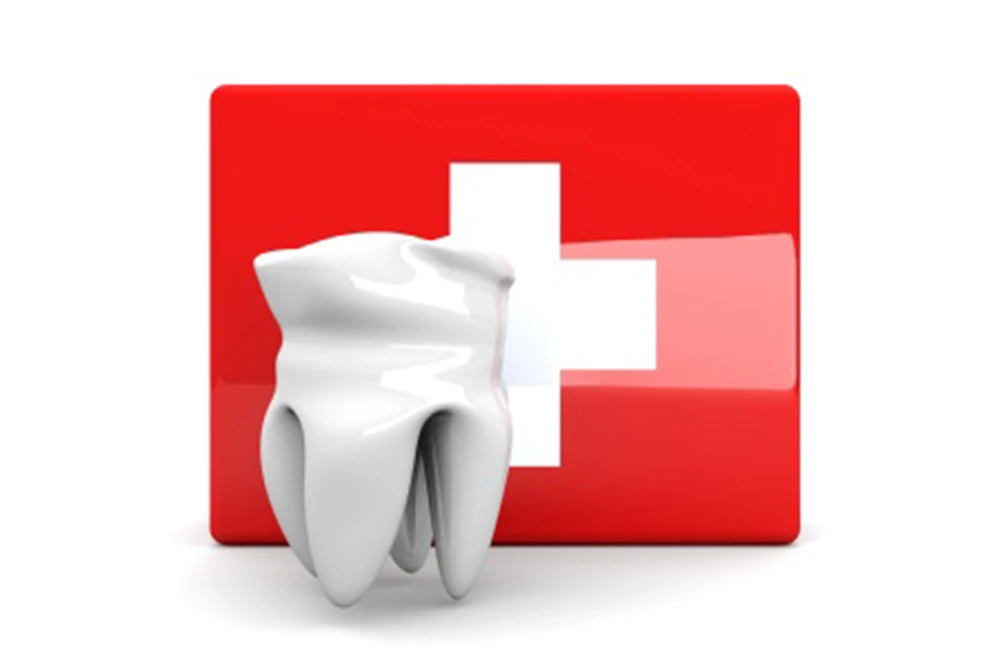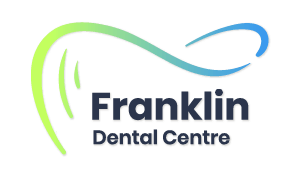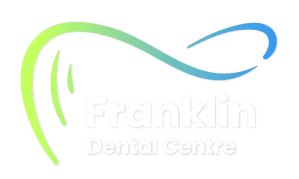Dental emergencies can range anywhere from a knocked-out tooth, to gum infection, to other facial trauma, and while they are not very common, they can be severe. The first thing to do if you believe that you are suffering from a dental emergency is to contact your dentist. By explaining your symptoms, your dentist will be able to give you directions on what your first steps should look like, i.e., icing, medicating, going to emergency. During this initial call, your dentist will schedule a time to see you; our dentists always do their absolute best to see our patients as soon as possible, especially in the case of an emergency. Our clinic is proud to offer comprehensive emergency dental services!

Emergency dental care
Dental emergencies that may require immediate attention:
1. Chipped or broken tooth
Most broken teeth can be saved if a treatment is performed soon enough. Through your phone consultation, the dentist will determine how to treat and manage your pain and schedule you to have your tooth repaired as quickly as possible. If it is a severe chip or breaks, you may require a root canal and/or a crown.
2. Knocked out tooth
If you have knocked out a permanent tooth (adult tooth), your dentist may be able to save the tooth if a procedure is performed as soon as possible. Generally, the tooth must be saved within two hours if it has a chance of retaking root. If the tooth is clean and there are no chips or shards, you should try putting it back in its socket. If it is not, you can set the tooth in a glass of milk to help preserve its integrity.
3. Tooth or gum infection
If you are in extreme discomfort or white or yellow pussing or swelling in or around any of your teeth or in your gums, it is essential to see a dentist as soon as possible. Infection can be a sign of something serious happening in the body and should be mitigated as quickly as possible.
4. Abscess tooth
A tooth abscess is typically a bacterial infection in either the tooth or gums. An abscessed tooth can be extremely painful, and if left untreated, can cause long-term damage to the teeth and gums. If you have a fever or swelling from your abscessed tooth, it is vital to see a dentist as soon as possible. If you have a swelling that makes breathing or swallowing uncomfortable don’t hesitate to visit an emergency room or urgent care centre until you can be scheduled to see your dentist.
5. Facial trauma
Facial trauma can relate to many accidents and dental emergencies. If you have been struck or hit in the mouth and are experiencing severe pain, you should schedule to see your dentist immediately.
If you are experiencing pain, fever, swelling, uncontrollable bleeding, please contact us for emergency dental care solutions!
Other dental emergencies:
1. Lost filling
Lost fillings should be treated quickly; however, they typically do not need immediate attention. If you have lost a filling, you can put a piece of sugar-free gum or chapstick where the filling was lost and then contact your dentist to schedule an appointment to repair the filling. Remember to dry the area and tooth with a Kleenex.
2. Broken bracket
If you have a wire bracket that has popped off, you will need to see your dentist and have it re-cemented to your tooth. As long as the wire is not causing any pain or cutting, it is okay to schedule an appointment within a couple of days to have this repaired. Try applying orthodontic wax (easily purchased from the drug store), or chapstick to the sharp area to help alleviate discomfort.
3. Toothache
A variety of things can cause toothaches; if you are experiencing a toothache but are not in severe pain, then you can schedule an appointment to come in and see your dentist within a few days. If the problem is severe, we will do our best to see you sooner or direct you to an emergency room. Icing and taking Tylenol or Advil can often help with the pain caused by a toothache. Advil is generally better for tooth pain than Tylenol.
4. Temporary crown falls out
This should be treated relatively quickly, but so long as there is no pain it can wait up to a couple of days. Dry the area with Kleenex and try placing toothpaste in the temporary before attempting to place it back on your tooth. Remember to try the position before trying to put the crown back on.





